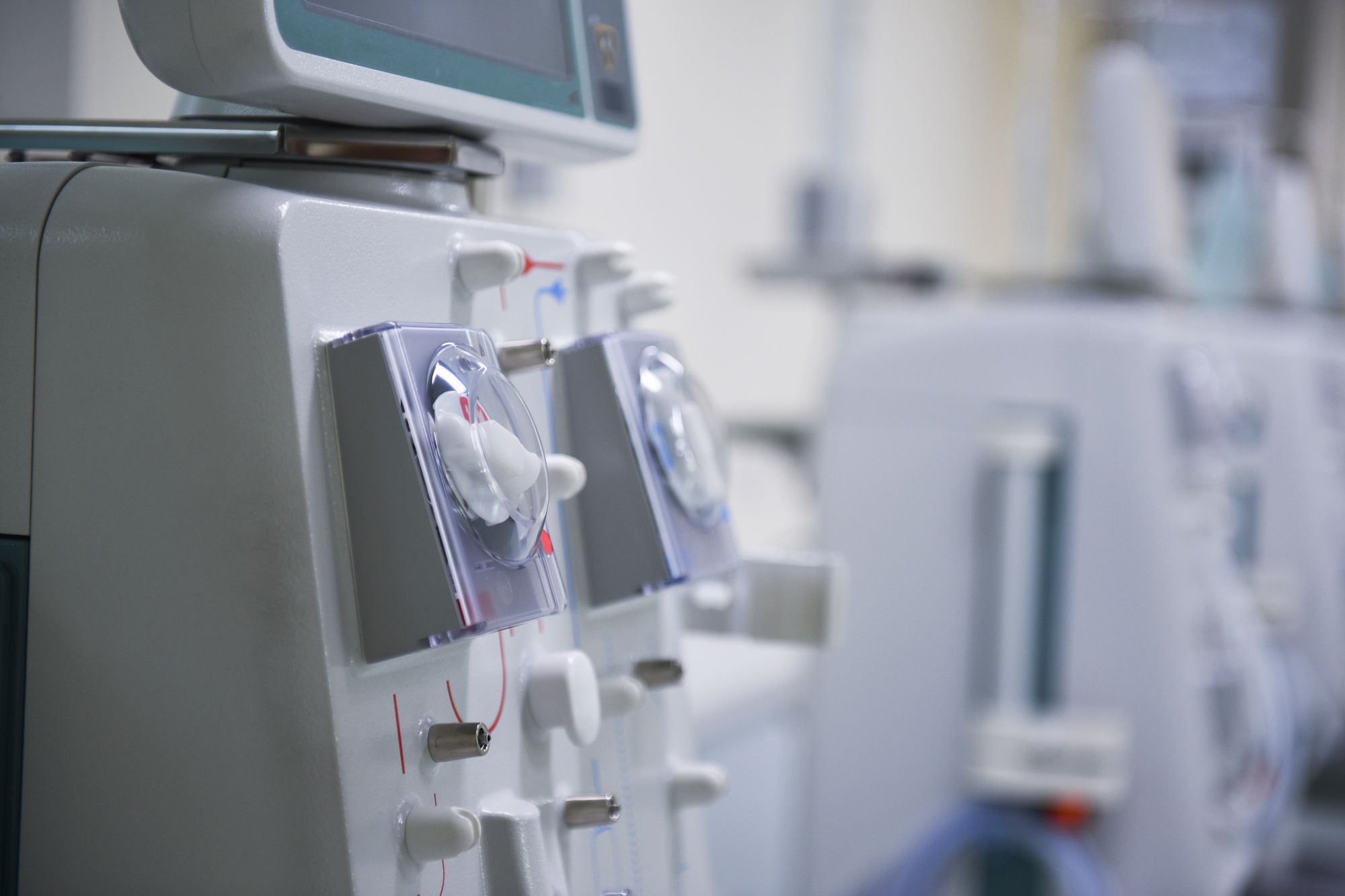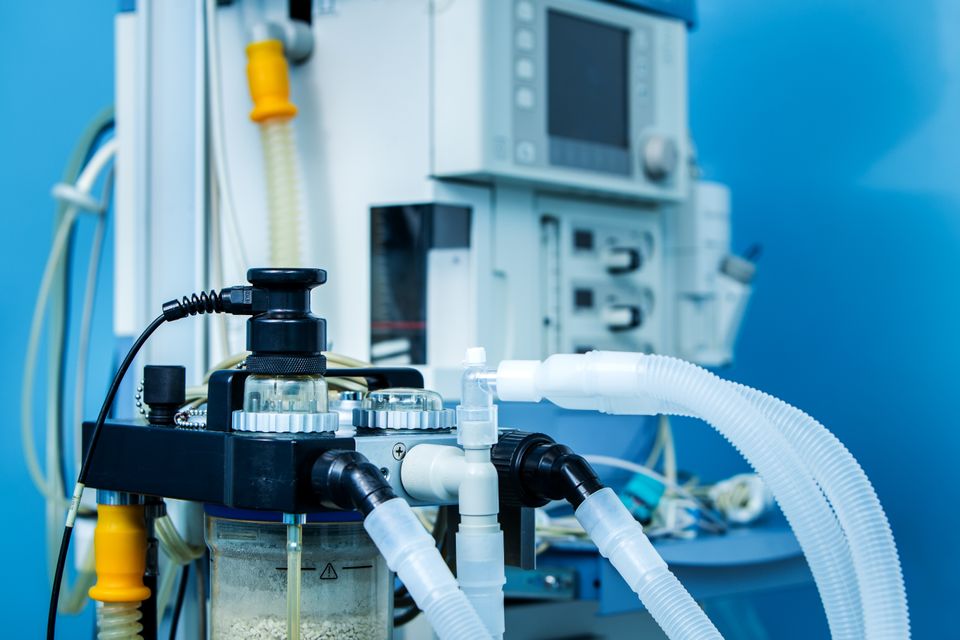8 Applications Of Diaphragm Pumps In The Medical Industry
Table of Content
Diaphragm pumps are a vital component in the medical industry. They provide suction and pressurization functionalities, and they can be mostly found on critical medical machines like dialysis, ventilators, and aspirators. Modern version of these pumps are reliable, precise, and versatile, as they use materials and technology that allow more flexibility in the diaphragm, which moves back and forth for long periods of time.

If you want to know about these pumps and their applications in the medical industry, continue reading.
1- Laboratory Analysis And Research
Laboratory analysis and research rely on the exceptional capabilities of diaphragm pumps in the following applications:
- Sample preparation: Transferring samples, like blood and various substances in chemical assays, from container to container. The pump allows the movement of the samples.
- Distillation: The separation of liquids through boiling, evaporation, and condensation. The pump helps move the liquids in the distillation apparatus.
- Chromatography: Similar to distillation, chromatography is the process of separating components of a mixture. However, the process is different as it mostly achieves the separation by getting the mixture to go through various phases and materials. The pump aids in pushing in solvents used in the process at a constant rate.
- Evaporation: When reaching a specific pressure threshold, liquid can evaporate. The role of the pump is to create a vacuum or lower the pressure inside a container to achieve the correct pressure.
- Filtration: Diaphragm pumps push or pull liquid into a filtration medium.
Most modern diaphragm pumps, like the ones from KNF and other companies, can be used in these applications because of their precise and controlled pumping action.
2- Blood Pressure Monitoring
Diaphragm pumps play a significant role in blood pressure (BP) monitoring devices by controlling their cuffs’ inflation and deflation. These pumps are essential for maintaining consistent and accurate pressure readings. Because of precise BP measurements, healthcare professionals can diagnose and manage hypertension effectively.
3- Dialysis Machines
Dialysis machines help patients remove waste products from their blood because of failing kidneys. The role of the diaphragm pumps on these machines is to pump the blood in and out, circulating it between the machine and the patient.
As the pump draws the patient’s blood into the machine, it’s filtered through the dialyzer, composed of thousands of tiny tubes lined with a semipermeable membrane. The waste in the blood—like creatinine and urea—gets trapped in this membrane, while critical blood components like glucose, salt, and water go through. Once filtered, the pumps let the blood flow back to the patient.
4- Wound Drainage Systems
Wound drainage systems use diaphragm pumps to generate negative pressure to suck out excess fluids and unwanted air from wounds. The pumps used and the rest of the system are often disposable—they can only be used once and discarded. There are reusable ones, but they require more care and maintenance.
A wound drainage system is crucial in treating wounds, as they prep the injured location for treatment. Also, removing the excess liquid and unwanted air from the wound can reduce swelling, prevent infections, and start the healing process unhindered.
In some cases, the drainage system is used to determine if the wound has an infection, and that is determined by how much fluid the pump has drained from the wounded area.
5- Blood Analysis And Diagnostic Systems
Diaphragm pumps are often preferred in blood analysis and diagnostic systems because of their following advantages:
- They can safely and effectively move blood through the system without damaging the cells. It’s important because blood cells are fragile and can be easily damaged by pumps that use other methods of moving blood, such as piston pumps.
- They are relatively quiet, which is beneficial because blood analysis and diagnostic systems are often used in hospitals and other medical settings where noise can be distracting.
- They are low-maintenance and require less frequent repairs and replacement than other types of pumps.
Because of these advantages, it’s possible to perform blood transfusions, sampling, analysis, and hemodialysis safely, quietly, and hassle-free (to the people doing maintenance of medical equipment).
6- Ventilators
Modern ventilators with diaphragm pumps are vital for patients who require assistance with respiratory problems. These machines are responsible for pumping in and out of a patient. And with a ventilator equipped with a diaphragm pump, medical professionals can have complete control of the patient’s airflow and pressure, which may allow them to precisely raise the efficiency of oxygen delivery and carbon dioxide expulsion in the lungs.
7- Dental Suction Systems
Most people who have visited a dentist before probably have already experienced or witnessed how a dental suction system work. And like most medical appliances and devices listed here, this system also relies heavily on a diaphragm pump.
Dental suction systems are simple. Their main purpose is to generate powerful suction to remove saliva, blood, and debris from the patient’s oral cavity during dental treatments.
Diaphragm pumps are ideal for dental suction systems because they’re quiet, reliable, easy to maintain, and affordable. Because of these characteristics, dental patients can experience a comfortable and smooth dental procedure.
8- Nebulizers
Nebulizers—or liquid nebulization devices—are medical devices that convert liquid medicine into a fine mist that patients can inhale into their lungs. They’re often used to help treat asthma, chronic pulmonary disorder (COPD), cystic fibrosis, and other respiratory diseases or disorders.
There are two types of nebulizers: ultrasonic and jet. Ultrasonic nebulizers use sound waves, while jet nebulizers use compressed air generated by a diaphragm pump to generate mist.
Some jet nebulizers use different types of pumps, but most use diaphragm ones because they can create a consistent stream of compressed air, which is important for creating a fine mist of medication. Diaphragm pumps are also relatively quiet, which makes them ideal for use in home settings.
Conclusion
The diaphragm pump has been around for more than a century now. Thanks to its modern iterations, it has become a highly reliable component in the medical industry.
And with you finishing reading this article, hopefully, you’ve learned how crucial the diaphragm pump is and how it can be utilized in the field of medicine. Of course, this list isn’t exhaustive, and there are other ways medical professionals can use this great medical component.










